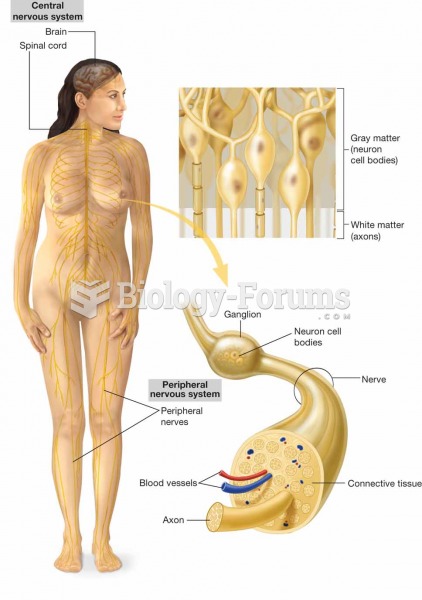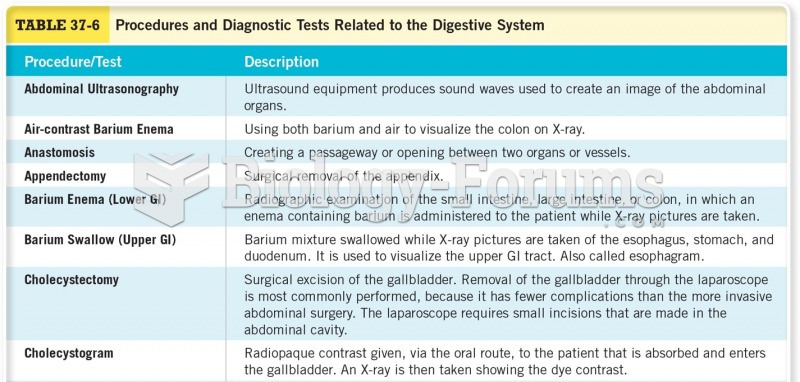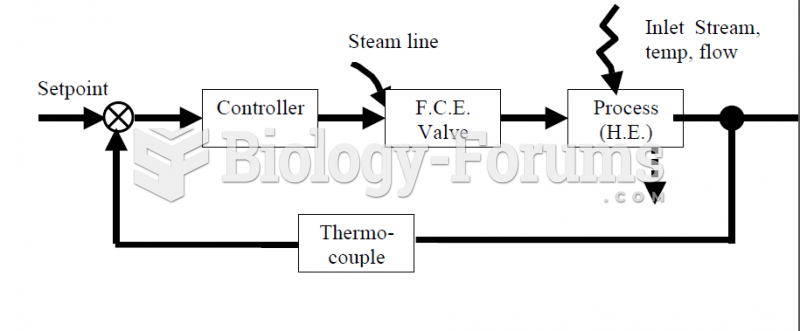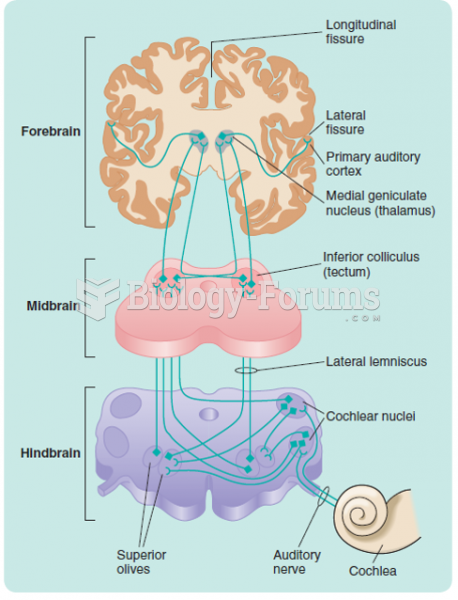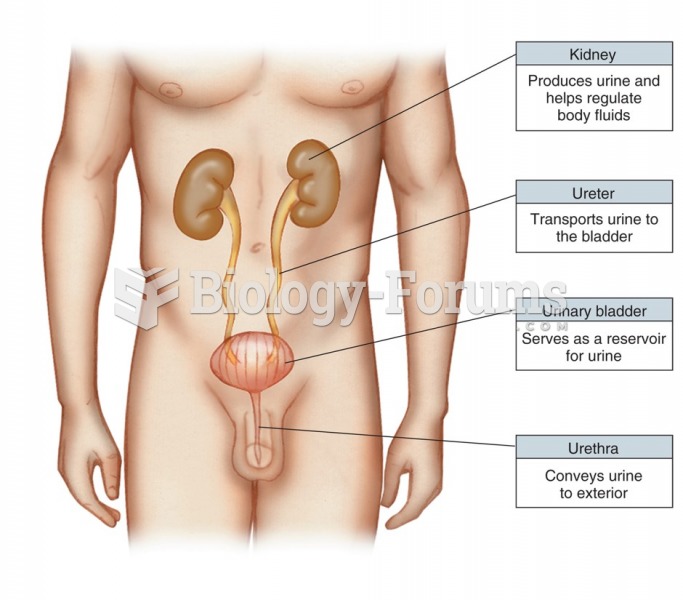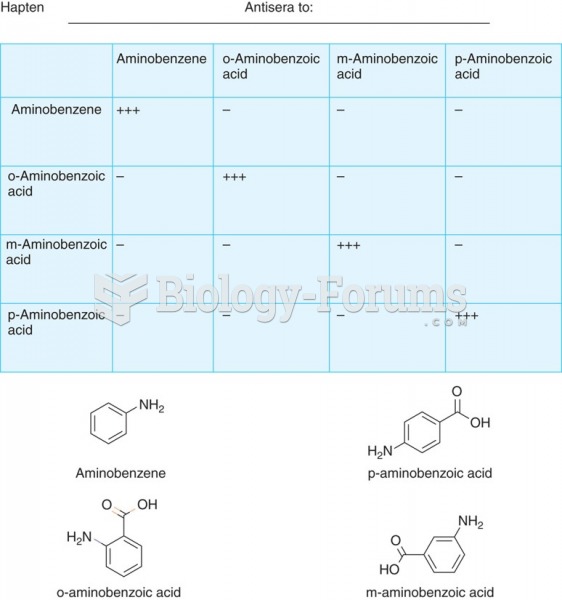Question 1
How did many Northern abolitionists respond to the 1856 political cartoon Liberty, the Fair Maid of Kansasin the Hands of the Border Ruffians, which depicts Democratic politicians Senator Lewis Cass, President Franklin Pierce, and Senator
Stephen Douglas as the violators of liberty in that territory? A) Many ignored the situation in Kansas.
B) Many of them sent money or guns to antislavery forces in Kansas.
C) Many of them called for settlers from Missouri to come vote illegally for an antislavery
constitution in Kansas.
D) Many of them moved to Kansas to fight proslavery forces.
Question 2
Why did the black Northern press choose to pair the image of Emmett Till's battered corpse with that of a smiling image of him with his mother Mamie Till-Bradley?
A) They wanted to convince the Mississippi jury to convict Till's murderers.
B) They wanted to outrage their audience by showing how an innocent young boy was savagely
beaten to death by racists.
C) They wanted to caution their audience of what could happen to African Americans in the
South if they were too forward with white people.
D) They wanted to warn their audience of what could happen to anyone who played an active
role in the Civil Rights Movement in the South.
Question 3
Which two cash crops introduced in the lower South before 1750 led to a higher population of slaves in that region?
A) cotton and tobacco
B) rice and indigo
C) corn and flax
D) sugar cane and wheat
Question 4
What was one outcome of the Kansas-Nebraska Act?
A) the admission of Kansas and Nebraska as free states in the Union
B) a brief period of peace in Kansas before the outbreak of the Civil War
C) a bloody civil conflict between proslavery and antislavery forces in Kansas
D) the extension of the Fugitive Slave Act to the unorganized territories
Question 5
When ordered to give her seat to a white passenger on a Montgomery, Alabama, city bus, Rose Parks chose to __________.
A) appeal to the local courts
B) obey the order, which was consistent with a local ordinance
C) vacate her seat but protest by joining a bus boycott
D) remain seated and risk arrest
Question 6
Slaves had more autonomy and free time under __________.
A) the gang system
B) the Great Awakening
C) tight packing
D) the task system


